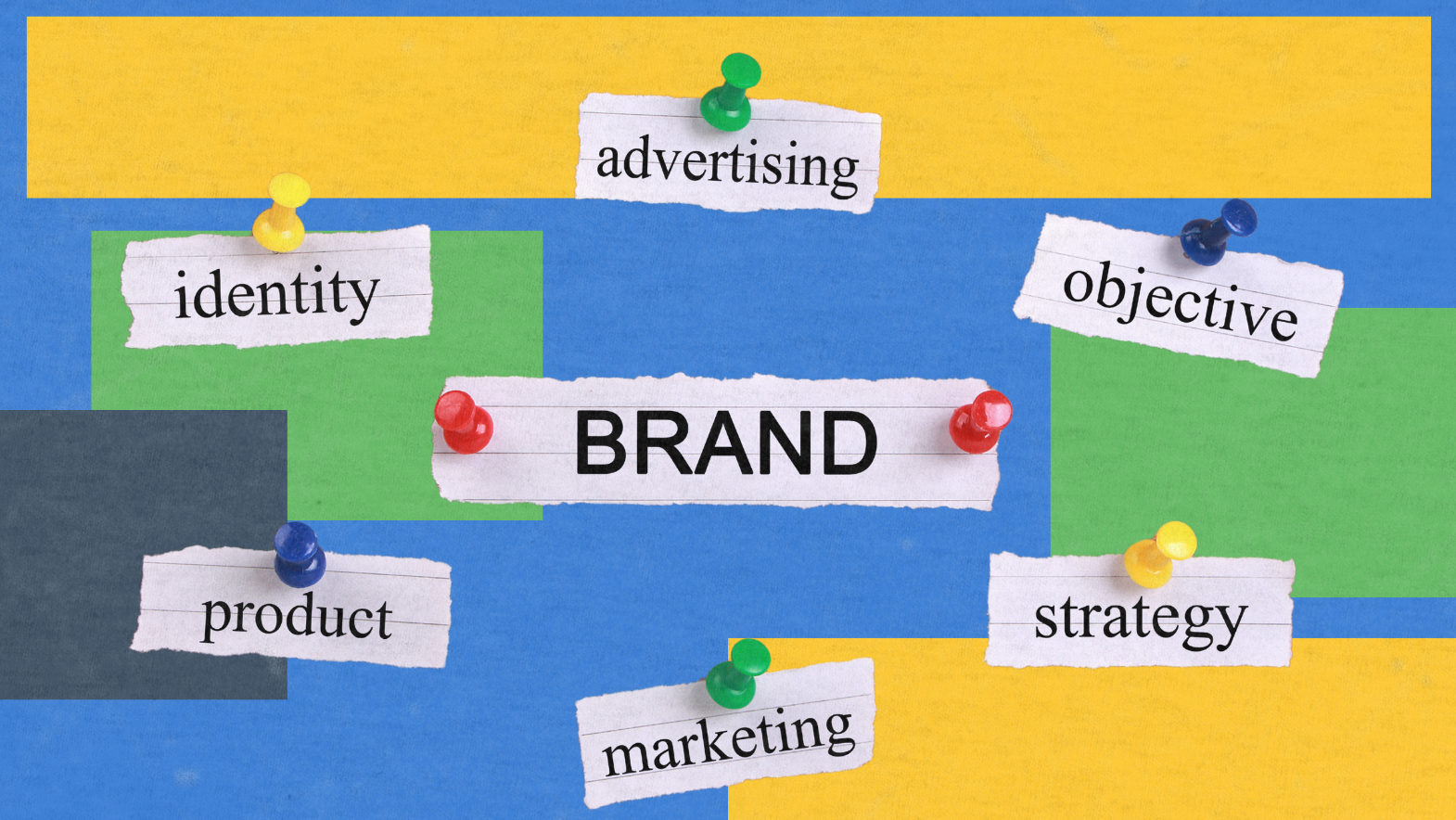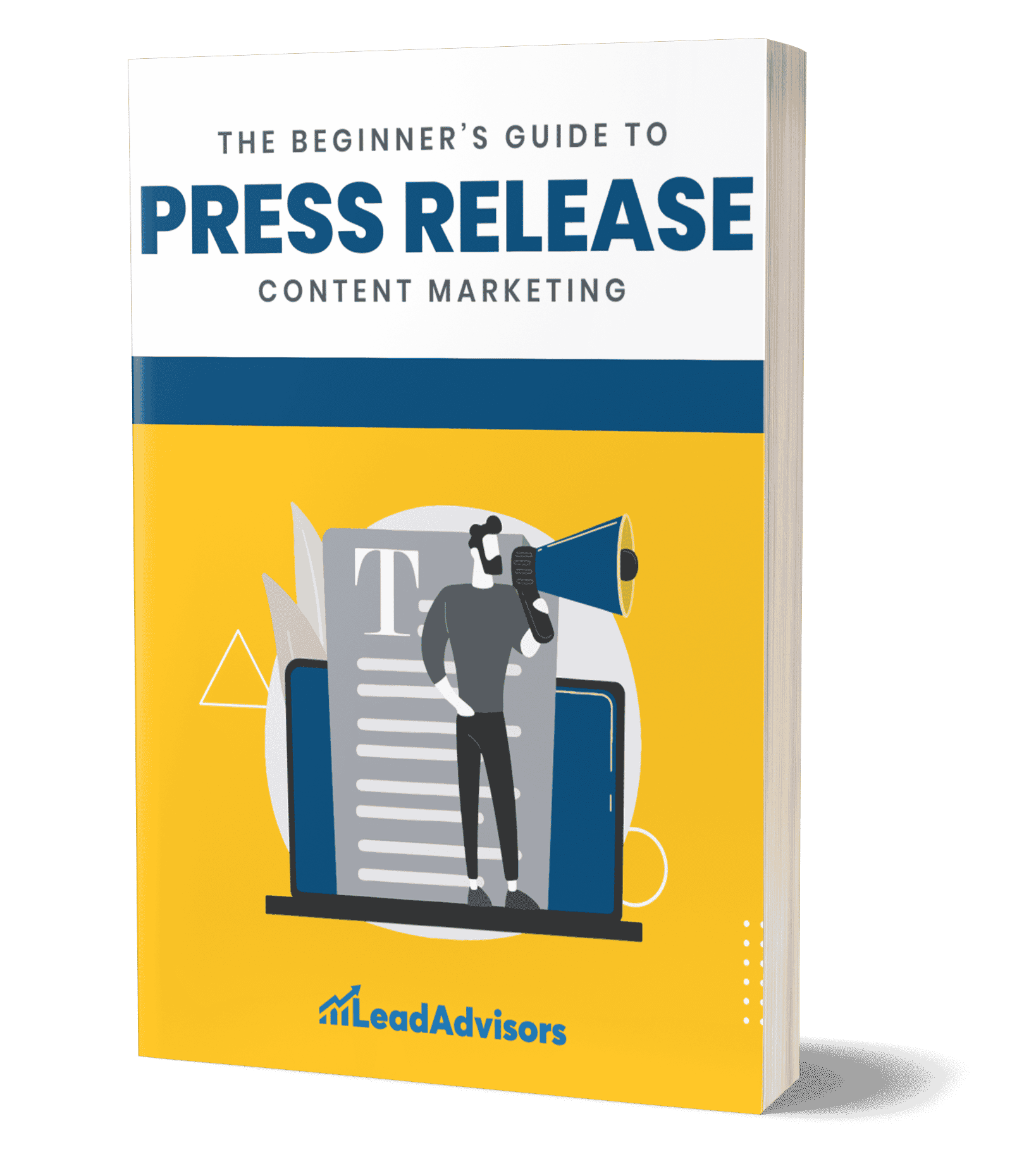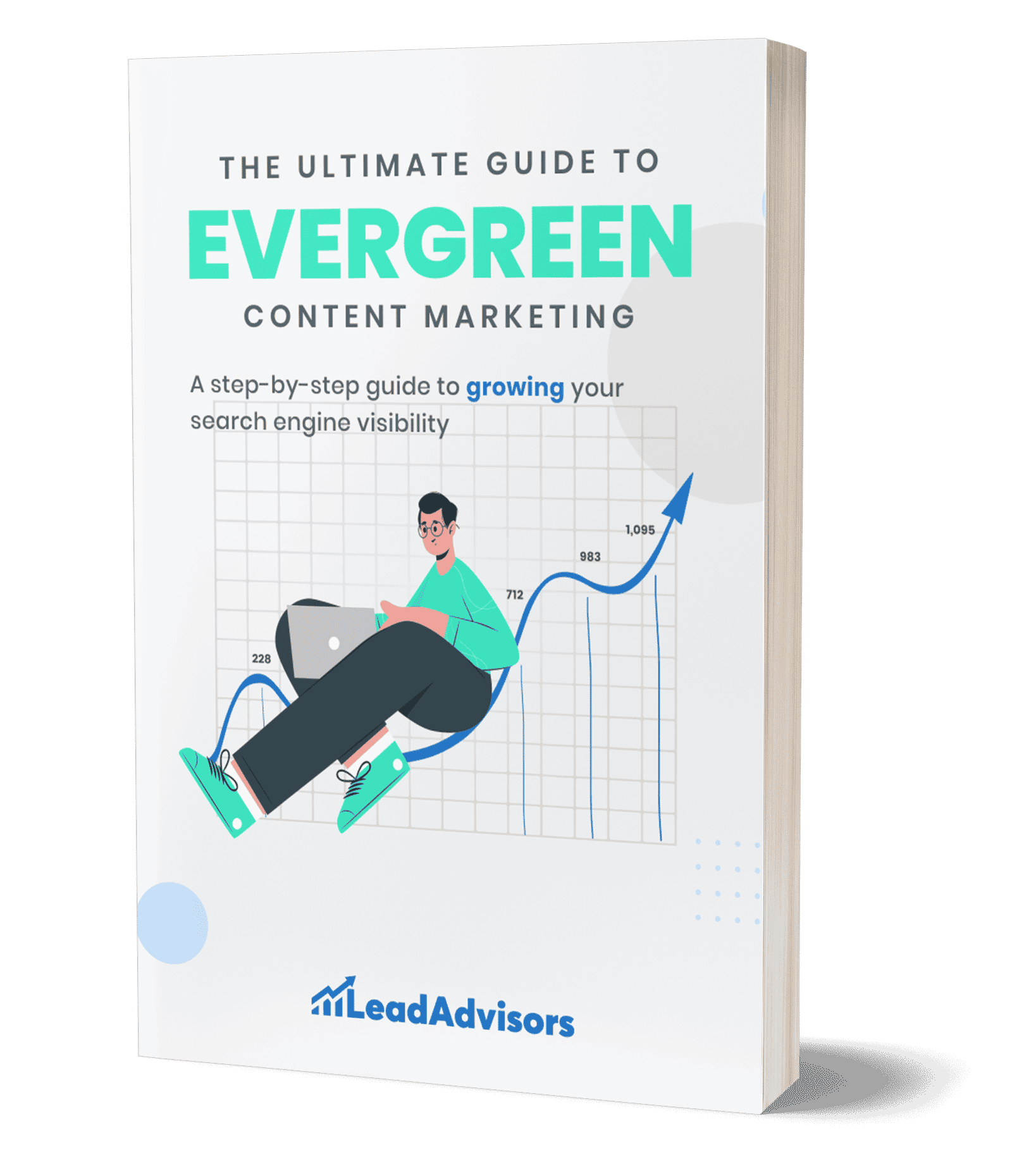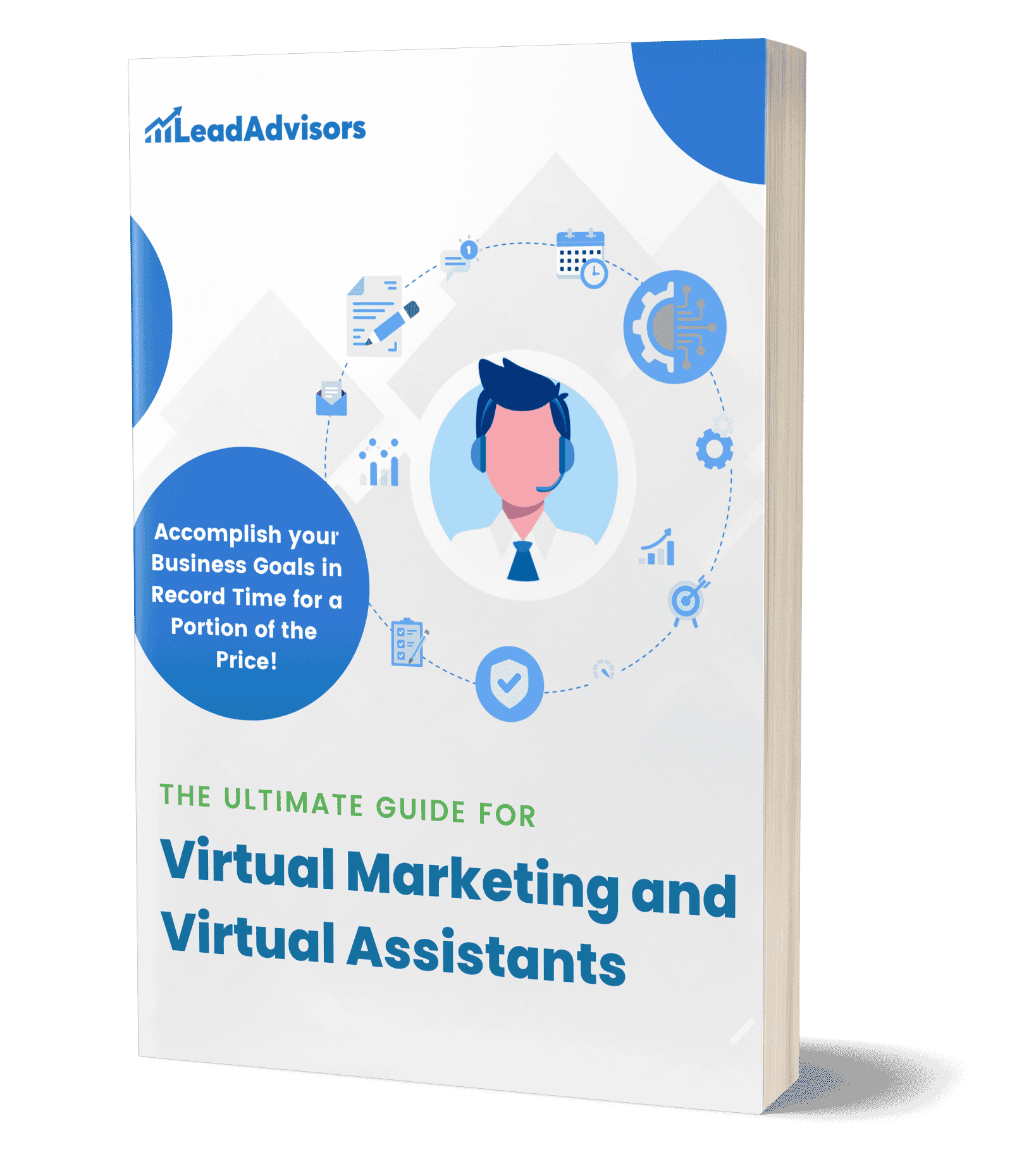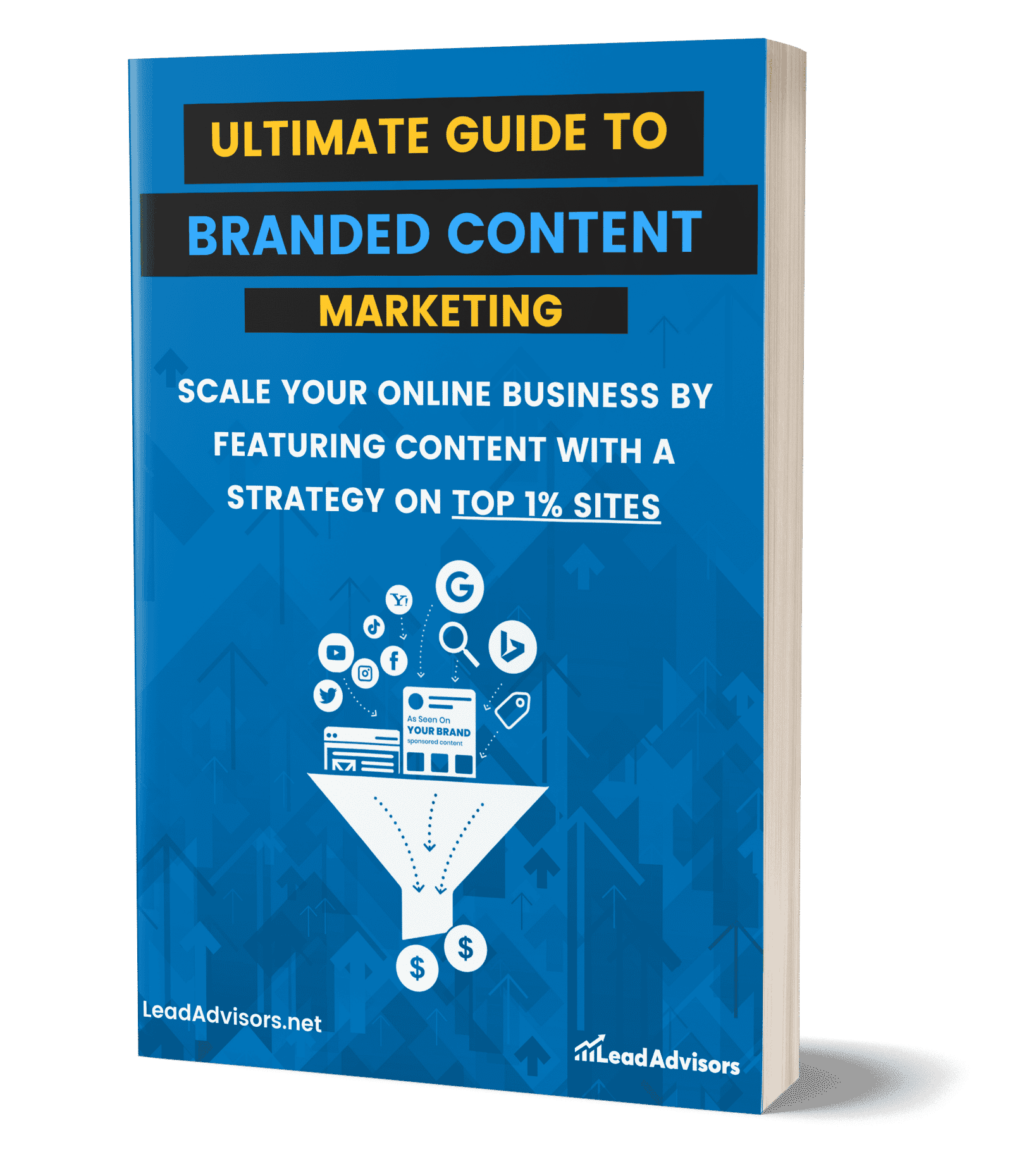So, what is branding? It’s far more than a logo or color palette. It’s your business showing up in the world—your voice, vibe, and values. Though branding and SEO may appear to be beasts of a different color, the mix is when the real magic happens.
And now, your branding and SEO efforts are one and the same, and all of a sudden, you’re not just getting clicks — you’re gaining trust, visibility, and sustainable expansion in the long run. In this post, I’ll explain how matching your brand to strong SEO will help turn the curious into regular customers.
Let’s get into it.
What Is Branding?
So, what is branding, really? And let me tell you—it isn’t just your logo slapped onto a website or some pretty colors in a Canva template. Branding is all of the pieces that define your business: the mission, the personality, the tone of your brand voice, your visual identity, and how you make people feel when they interact with you. It’s your vibe, your aura, your legend all in one.
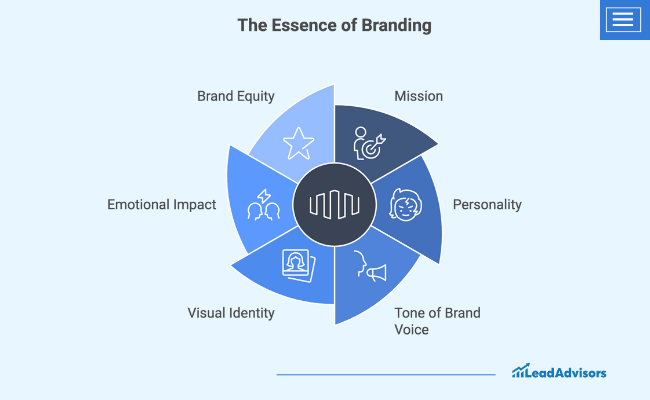
A powerful brand creates more than awareness — it builds relationships, trust, even love, long-term relationships with the customer. Consider how you feel when you notice brands like Coca-Cola. It’s not just soda. It’s joy, nostalgia, and maybe hunger. That emotional pull? That’s brand equity in action.
Now, let’s clear something up because it’s easy to mix these terms:
- Branding is about who you are.
- Marketing is how you tell people about it.
- Product identity? That is how a product looks and feels — one slice of the bigger brand pie.
In other words, branding sets the stage, marketing makes a presence, and product identity supports all three. When done right, branding makes various marketing materials more effective and gives every campaign a distinct, consistent voice that pops, even in a crowded industry category.
SEO: A Quick Primer
So, before we jump into how branding and SEO collaborate, let’s go back to basics. SEO — Search Engine Optimization — is what makes your business pop up when people Google things. This is how you bring targeted traffic to your website without paying for every click.
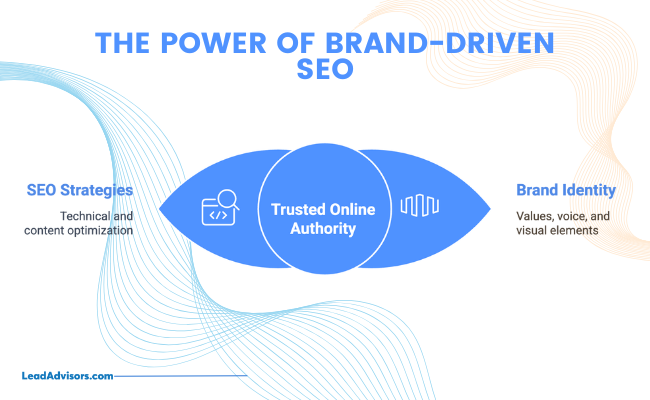
Good SEO is not just about sprinkling a few keyword phrases on your blog. It includes on-page optimization (using elements such as meta tags and headers), an effective content strategy, link-building, and a clear technical strategy (to ensure your site will be fast and smooth on the technology side).
But here’s the thing: SEO is a game of relevance, consistency, and trust. And what do all three even hover on? You guessed it—your brand. If you have a clear brand identity, your SEO becomes that much more solid. You become a source of quality information, search engines begin to trust your property, and your message resonates with your target audience.
Why Branding Matters for SEO
As with any SEO, the majority of people are fixated on rankings, keyword density, backlinks, and metadata. But here’s the problem: search rankings don’t mean anything if no one clicks on your link. That’s where your brand identity steps in and makes all the difference. Branding doesn’t just support SEO—it powers it from the inside out.
1. People Click What They Know
You’ve probably done this yourself. You’re skimming Google results and — whew! — There’s a familiar name. You click it—almost instinctively. That’s brand recognition at work.
A big brand gives you better click-through rates (CTR) because people will click an authority they’re familiar with. And when Google notices that more users opt for your site than others, that signals quality and relevance. Higher CTRs? Yep, they help boost your rankings, too. It’s a virtuous cycle driven by branding.
2. Branded Searches Convert Better
Searches like “Nike running shoes” or “Coca-Cola commercial” aren’t about browsing—they’re about intent. These users know what they want. They’ve interacted with the brand identity before. They trust it. And so that means they’re much more likely to translate.
These are called branded search terms, and they’re amazingly effective. They signal loyalty, trust, and familiarity—all things Google is very keen on. Brands that actively build brand equity see higher conversions and stronger retention, especially when branded search traffic increases over time.
3. Great Brands Earn Natural Backlinks
Want to know a secret to getting backlinks without constantly emailing or pitching? Be brilliant at what you do, so that people want to talk about you.
If your content shows expertise, trust, and naturalness, people will automatically quote and link to it. This happens in blog posts, interviews, product roundups, and even on social media. When you have solid brand marketing, you earn attention, and attention equals lots of high-quality backlinks that give your site authority and SEO performance a substantial bump.
4. Consistent Branding = More Time on Site
A consistent brand voice and aesthetic system make your website feel more put together and trustworthy. When someone jumps onto your website and they’re just like tapping that find the perfect spot to turn off that alarm clock, they’re gonna stay. They read more. They click around.
This kind of experience reduces bounce rates and improves time on the page, two user signals that Google uses to say, “This site is giving value essentially.” It begins with a clear, strategic branding system prioritizing the user experience.
In other words, Branding makes someone click your link, stick to your page, and come back to it some other day. Your brand is the reason your customers click through to you and the reason Google ranks you high (or low). So if you’re hoping for rankings, begin with branding.
How to Integrate Branding with SEO (Step-by-Step Framework)
What if you want to cut through the noise and be the first thing your future customer thinks of? That’s where branding and SEO become your dream team. Here’s my process step-by-step on how I marry these two worlds for long-term success:
Step 1: Define Your Brand Strategically
This is where everything begins. Your brand is more than your logo — it’s your company’s mission, tone, vibe, and how people feel when they engage with you (or your products or services).

Begin with a clearly defined set of brand values, personality, and cause (purpose). Then, establish your visual identity—your colors, typography, imagery, and brand voice, the way your brand “speaks” across all content. Whether it’s starchy and dignified or breezy and cheeky, it still has to come off as human and reachable.
Step 2: Research Your Audience and Keywords Together
This is where branding and SEO start to intersect.
I’ve never treated keyword research as a part of an SEO checklist, but rather, I see it as a part of the branding process. I start by building audience personas—getting into the minds of my target market. What keeps them up at night? What do they value? What kind of language do they use?
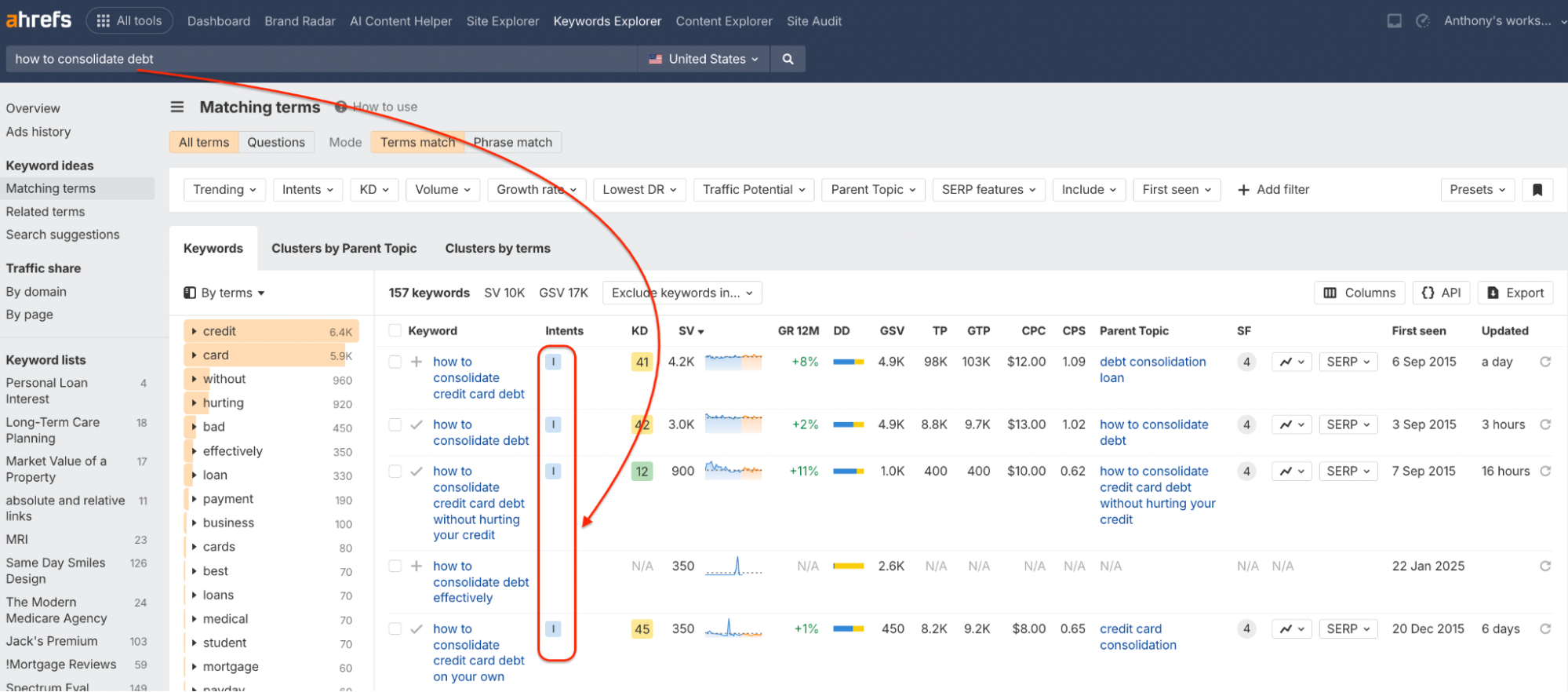
Then, I match these insights with keywords that reflect both informational search intent (like “how to consolidate debt”) and emotional intent (like “safe loan companies I can trust”). This alignment helps me create content that feels personal and ranks well.
It’s also a great reminder that you’re not writing generally to “everyone”—you’re speaking directly to the important people.
Step 3: Create a Brand-Driven Content Strategy
Content is more than just stuffing a page with keywords. It’s about sharing in a way that creates brand equity and becomes authoritative.
It should all sound like you — blog posts, landing pages, even your FAQs. That’s maintaining your brand voice in the spotlight and selecting the topics that will resonate with your brand and what your audience genuinely gives a damn about.
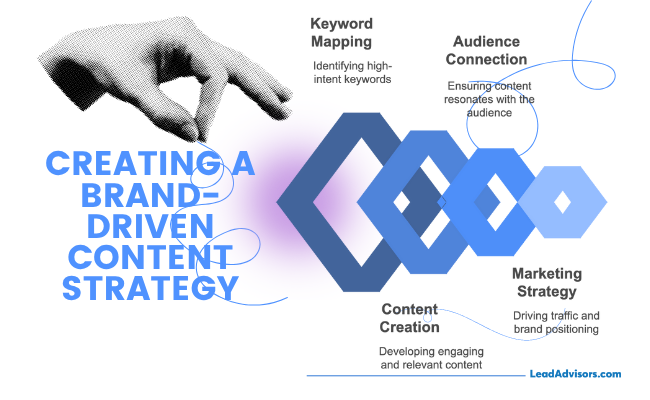
This is where brand storytelling comes into play for me. I map high-intent keywords to information, problem-solving, and emotional content. It’s not content—it’s content that connects.
Of course, it is always underpinned by our marketing strategy, which drives traffic and whose role is to bolster our brand positioning.
Step 4: Optimize Your Website for Brand and SEO
And your website is where branding and SEO finally come together.
Your entire website needs to reflect the brand you’ve built, from your homepage to your blog entries. But simultaneously, it has to be SEO-optimized. That writing is writing keyword-filled title tags, descriptive alt text, heading structure, and internal linking that pushes users and the Google bot around.
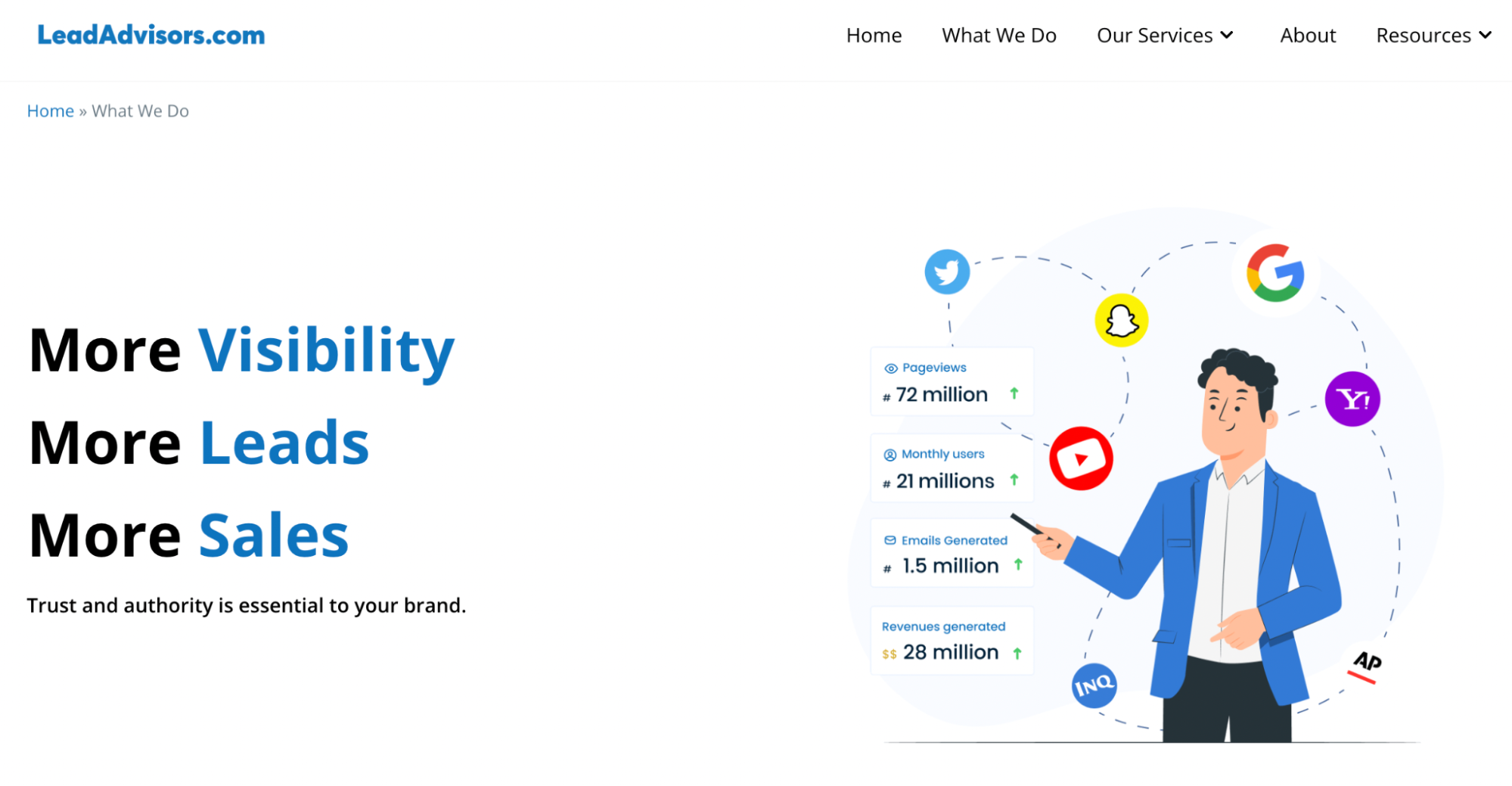
But what differentiates a site isn’t just the SEO tweaks—it’s the brand experience. I ensure that every call-to-action (CTA), button, or message sounds like it came from us. That consistent tone builds trust and is an act of brand, making the user feel just a little bit closer.
Oh, and yes, you must follow your brand’s style in your marketing materials and technical SEO elements.
Step 5: Build Linkable, Brand-Aligned Resources
The highest quality backlinks are the ones earned by great content that gets churned and burned by people who love it so much they never could imagine creating a piece of content without referencing or discussing it.
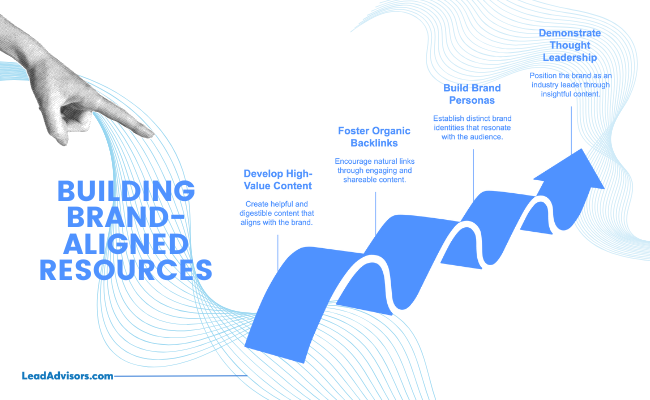
It is for this reason that I concentrate on developing high-value content that is helpful, digestible, and in line with the company’s products, services, and brand promise. Be it a definitive guide, a super beneficial сhecklist, or a branded tool, these assets should YELL your brand (not just be aimed at ranking for particular keywords).
The goal is to foster organic backlinks, build brand personas, and demonstrate thought leadership consistent with the image you present publicly.
Step 6: Align Design and UX with Brand and SEO Goals
Have you ever stumbled on a website that seems perfect? That’s the UX mixed with branding.
I want our site to complement our visual aspects, but be fast, mobile-friendly, and easy to navigate — a place where food brands come to be seen by their perfect customer. That has meant easy-to-read fonts, intuitive layouts, and pages that will load in seconds.
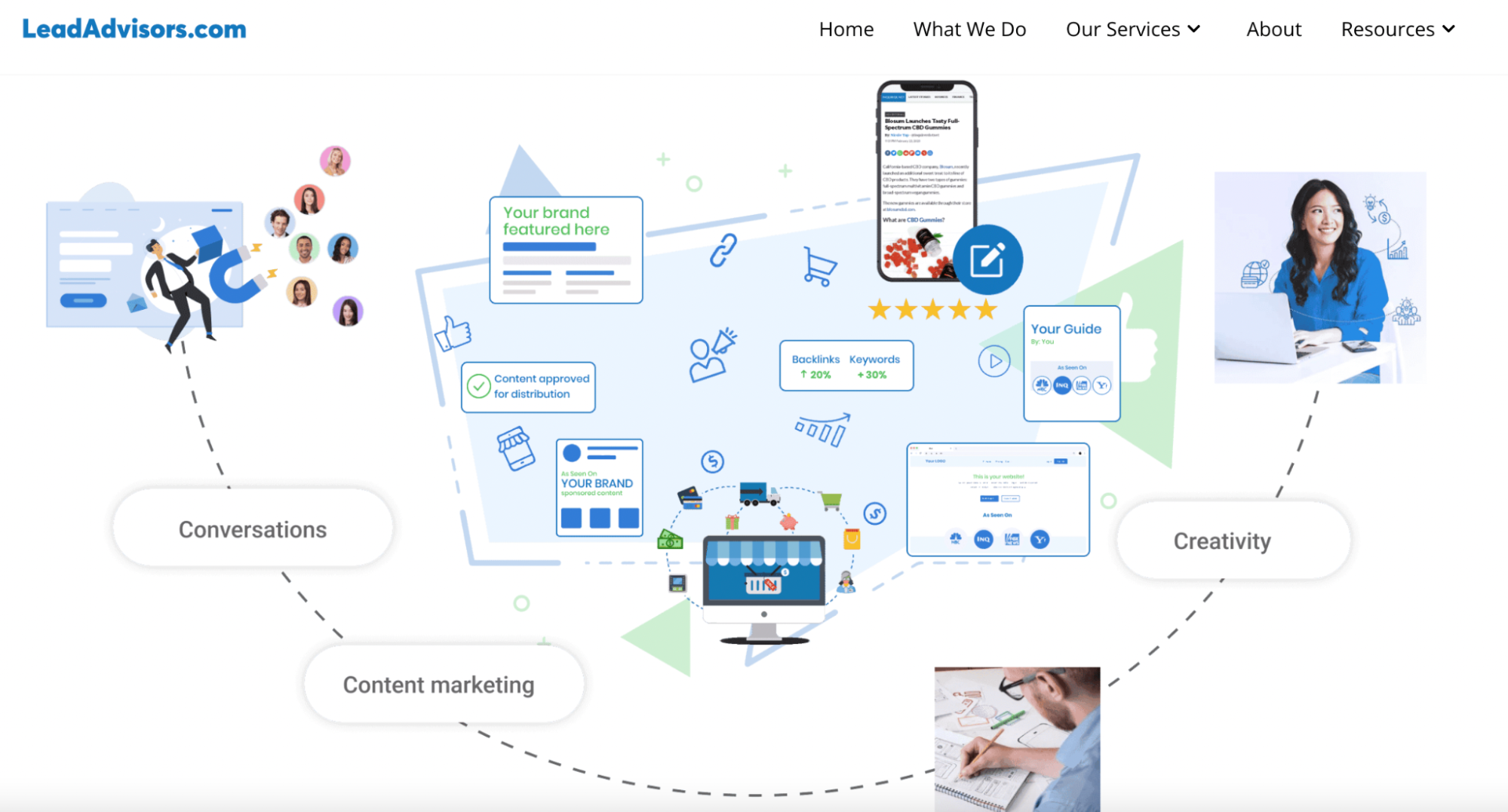
A strong visual identity builds brand, increases user trust, and keeps people around longer, which, by the way, Google loves, too. Optimize for SEO signals like session duration and bounce rate.
Remember: You are a good brand, not only by what you say but by how your site feels.
Step 7: Stay Consistent Across All Channels
This is where brand management goes on steroids.
Your Facebook, LinkedIn, Twitter, email campaigns, website, and blog should all sound and look like the same brand produced them. Wherever someone finds you — through a Google search, a tweet, a LinkedIn post — the experience must be consistent.

This uniformity enhances recognition, helps to build customer loyalty, adds value to your brand, and provides a clear course for your branding agency (if you are working with one) to follow.
And as I always say: if you want to be instantly recognizable, you’re consistency is non-negotiable.
Real-World Wins: How Branding Boosts SEO
Let’s be honest—some brands just get it. They don’t just rank—they dominate. And it’s not luck. These brands mix powerful branding with intelligent SEO, and the results are hard to argue with.
HubSpot
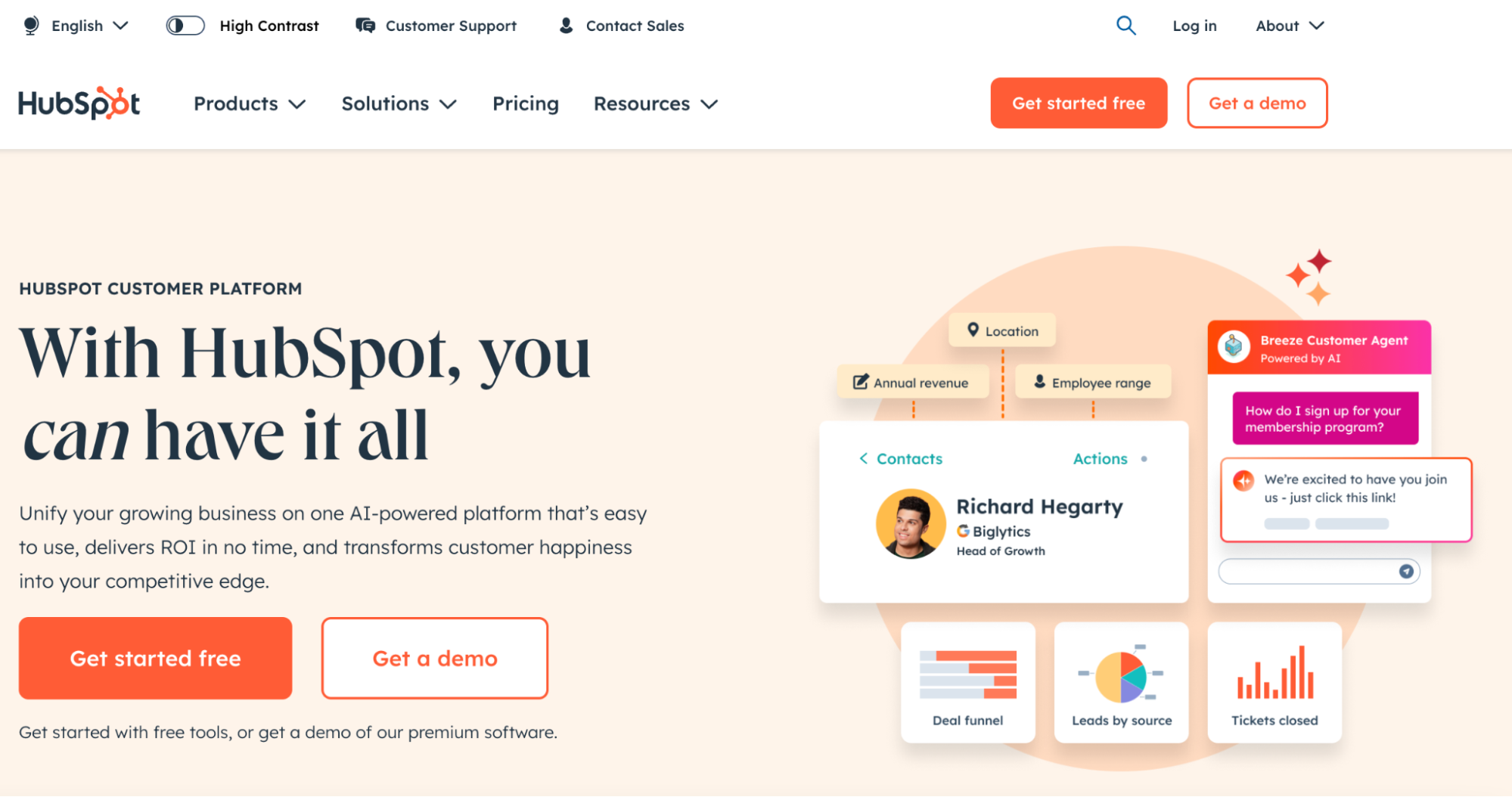
HubSpot is a textbook example of brand marketing meets content mastery. As a leading SaaS company, it has built one of the most powerful business branding ecosystems online. With over 18,000 pages on its corporate blog, it targets both broad and niche keywords tied to its company’s products and audience pain points.
Their consistent brand voice, paired with structured data and an authoritative content strategy, has earned them massive brand equity and unbeatable organic search performance.
Cerbos
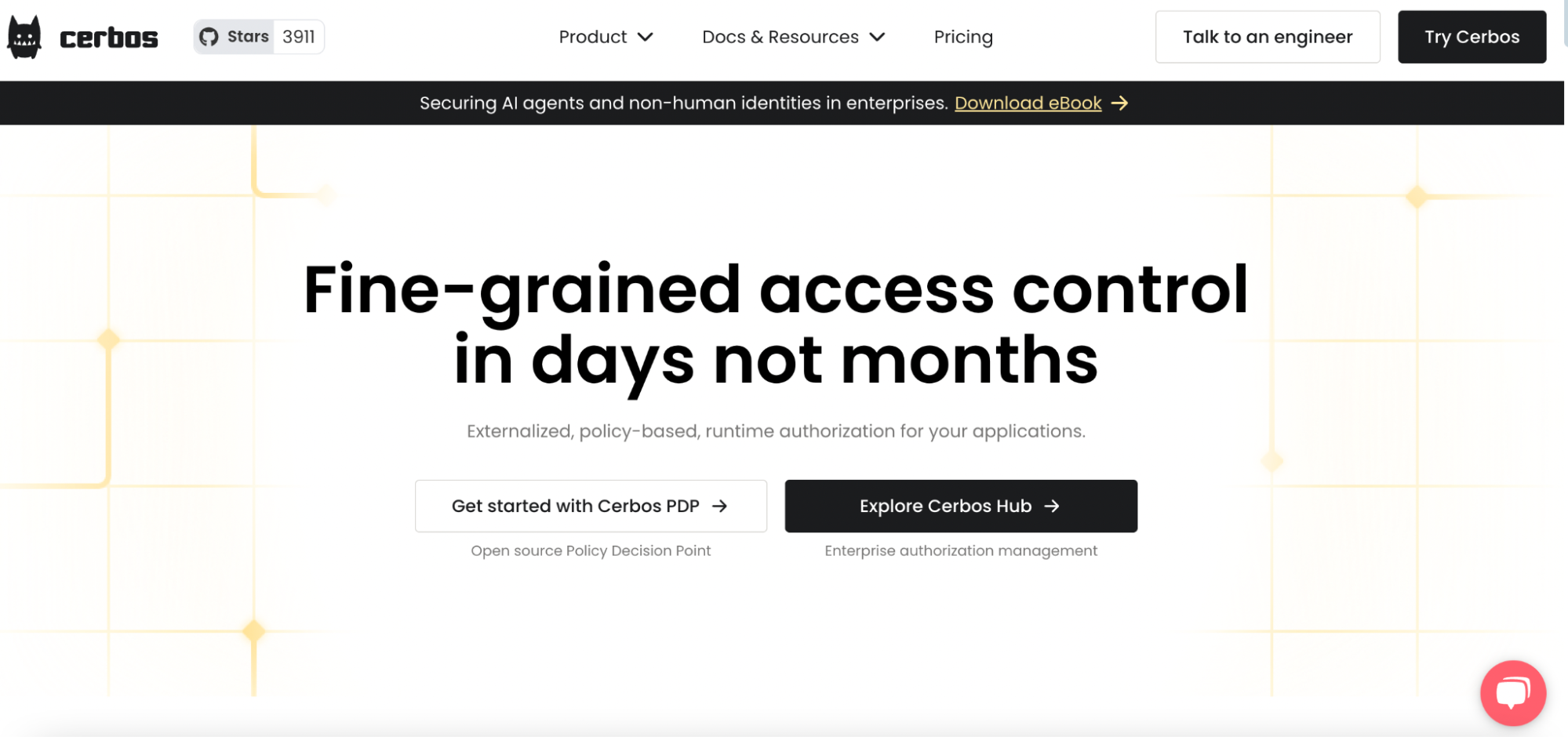
Cerbos, a B2B SaaS platform, shows how a focused branding strategy combined with technical SEO can deliver real results. After addressing site structure and optimizing for high-intent keywords, they saw a 48.3% boost in organic impressions. What made the difference was aligning content with their brand values and producing authoritative resources, reinforcing their distinct identity.
Their exact site positioning and audience-driven, content enabled them to rank at the top of search results whilst establishing long-term authority.
Gymshark

Gymshark shows that social media can influence brand awareness and search availability. They’re a fitness brand, and it comes through in everything they publish from lifestyle blogs to social shares, reinforcing their Primary image of a community-first mindset.
With a strong backlink portfolio and a dedicated following, Gymshark’s ongoing content updates address genuine customer needs, push traffic, and augment brand advocacy.
Its branding has been strong enough that the user engagement and SEO momentum have grown strong enough to feed the fire.
LeadAdvisors
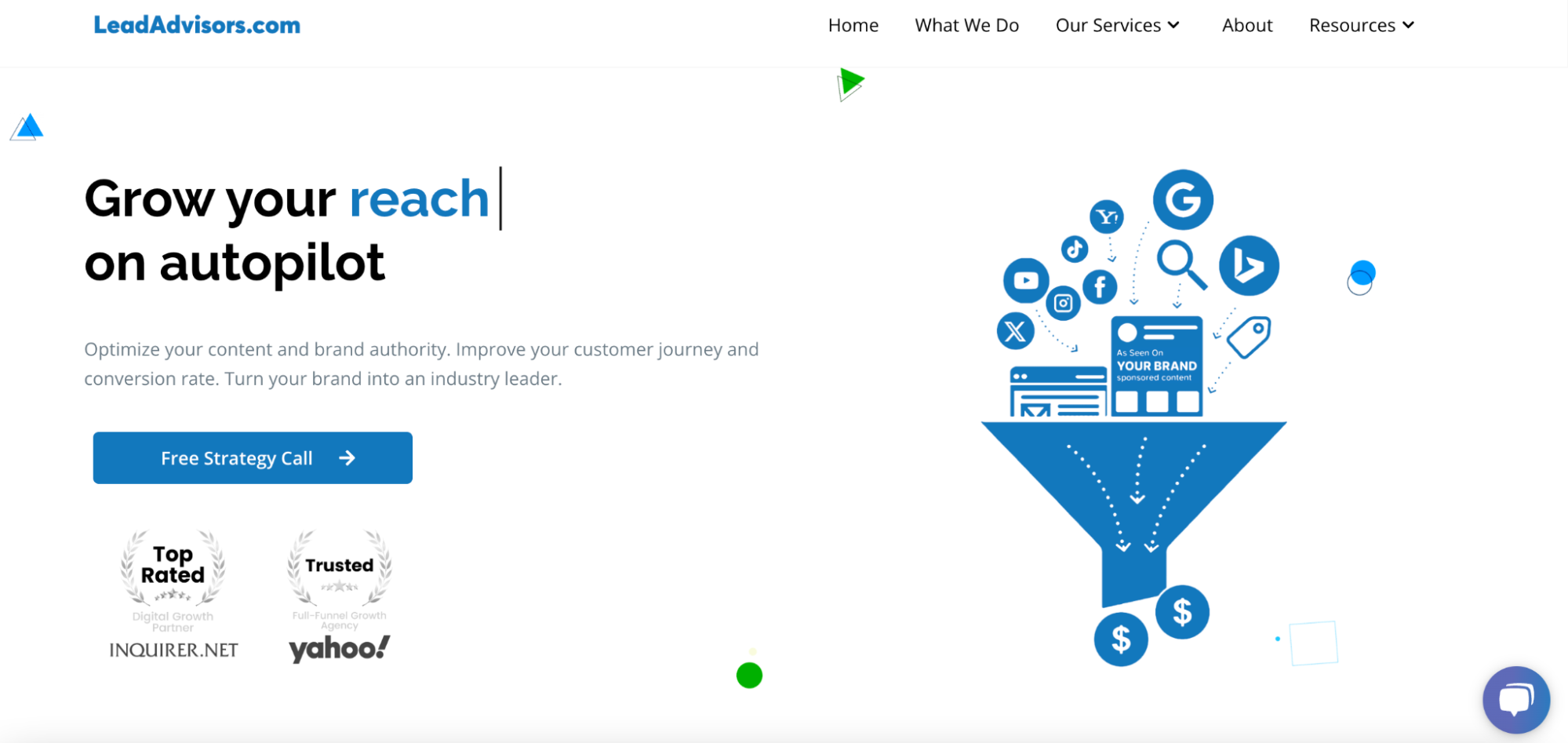
Of course, the last but definitely not least is LeadAdvisors. They demonstrate how performance-driven content can build trust, authority, and long-term brand equity. As a digital marketing firm, their strength lies in strategic storytelling—crafting editorial reviews, SEO-optimized blogs, and lead generation funnels that resonate with both algorithms and audiences.
From branded content solutions to affiliate review management, every touchpoint reaffirms LeadAdvisors’ core identity: data-informed creativity that converts. Their robust domain authority, consistent publishing cadence, and conversion-focused assets generate compounding traffic and establish them as a go-to growth partner for B2C and B2B companies alike.
With a strong backlink footprint and results-first mentality, LeadAdvisors continues to turn organic visibility into qualified leads, proving that smart content can do more than engage; it can perform.
Common Pitfalls to Avoid
Without actually incorporating your branding efforts with the best SEO practices, even the most enthusiastic branding can just make things worse. Here is a handful of the most common mistakes I’ve witnessed — plus how to avoid them:
1. Mixed Messaging Across Platforms
Whenever your brand voice changes from page to page or channel to channel, you degrade your entire effort. One minute you sound professional, and the next you’re a goofball —and your audience doesn’t know which one you are.
Fix it: Develop strict brand guidelines to keep your tone, visuals, and messaging uniform throughout your site, blog, emails, and social media posts.
2. Choosing Keywords That Don’t Match Your Brand
That doesn’t mean every trending keyword is relevant to your content. If your brand is ambiguous, it can lure in the wrong crowd. Hit the wrong keywords and your ad and landing page can be perceived as a bait-and-switch.
Fix it: Focus on keywords you want to be associated with your brand values, your company’s mission, and the emotional tone you want to set. This is how you create a more loyal and valuable audience.
3. Ignoring Branded Search Terms
Many businesses forget to optimize for their brand name. But those branded searches? But those branded searches? And they’re generally the best converts.
Fix it: Integrate branded keywords within your SEO strategy—like your product names, business names, and even specific phrases people use to discover you. This enhances brand awareness and develops the credibility of search engines and users.
4. Overdesigning at the Cost of Usability
Even a gorgeous website is worthless if it doesn’t load quickly or isn’t user-friendly. Allowing brand design to trump user experience could drive visitors away.
Fix it: Don’t Make a Departure. Keep it visually branded but condensed. Quick load times, easy-to-read layouts, and mobile-responsive design benefit both SEO and the brand experience.
By avoiding these pitfalls, you’ll put yourself ahead of the game, forging a brand that’s not just memorable but also eminently searchable.
Measuring the Impact of Branding on SEO
Want to know if your branding is helping your SEO? Here’s a quick breakdown of the key indicators I track and what they tell me about the health of a strong brand in search:
| Metric | What to Track | Why It Matters |
| Branded Search Volume | Searches for your business name, product, or services | Indicates growing brand recognition and increased brand equity |
| Click-Through Rate (CTR) | CTR on branded and non-branded search results | A sign that users trust your brand and are choosing it over competitors |
| Bounce Rate | How quickly visitors leave your site | A lower bounce rate signals better alignment between your brand voice and audience expectations |
| Time on Page | Average time users spend on your content | Shows how engaging and relevant your brand storytelling and design really are |
| Backlink Growth | Increase in organic backlinks from quality sources | Reflects brand authority, trust, and helpfulness—great for domain authority |
| Brand Mentions | References to your brand name (linked or not) | Boosts visibility and strengthens your company’s reputation online |
| Engagement Metrics | Page views, return visits, branded conversions | Higher engagement = stronger brand values resonating with your target audience |
Tracking these metrics helps you connect the dots between brand branding strategy and real SEO performance. When you see movement in these areas, you know your brand identity is doing more than just looking good—it’s driving growth.
When to Refresh or Rebrand with SEO in Mind
Even the most established brands need a refresh. If your SEO performance is slipping or your messaging no longer connects with your audience, it might be time to rebrand, with search visibility in mind every step of the way.
Spot the Misalignment
When branded search traffic slows, bounce rates climb, or your content no longer reflects your current brand voice or target audience, you’ve likely outgrown your existing identity. This gap between perception and performance is often the first sign it’s time to evolve.
Rebrand Without Losing SEO Momentum
The key to a successful rebrand is to treat it like a site migration. Don’t delete high-performing pages or change URLs without a plan. Instead:
- Set up proper 301 redirects
- Preserve top-performing content
- Sync your new design and messaging with the existing SEO structure.
This protects your domain authority, retains traffic, and ensures your SEO doesn’t suffer during the transition.
Modernize, Don’t Erase
A brand refresh doesn’t mean wiping the slate clean. Often, it’s just refining your visual identity, adjusting your tone, or tightening your brand values to better reflect your evolving company’s mission. Keep the emotional core and brand recognition your audience trusts—just make it more aligned, relevant, and resonant.
Conclusion
Branding and SEO aren’t just two separate marketing tactics—they’re a powerhouse duo when they work together. Your brand identity shapes how people feel about you, while SEO makes sure they can actually find you. When aligned, they boost visibility, build trust, and lay the groundwork for sustainable growth.
If your current efforts feel scattered or disconnected, it’s time to audit your branding strategy and SEO. Look for misalignments in voice, keywords, visuals, or engagement, and bring everything back into focus with your target audience in mind.
Building a brand that supports long-term SEO performance isn’t just smart—it’s necessary. So, whether you’re just starting or thinking about a refresh, commit to a cohesive brand strategy that doesn’t just rank, but resonates.
Ready to create a brand that Google and your audience will love? Let’s get started.

